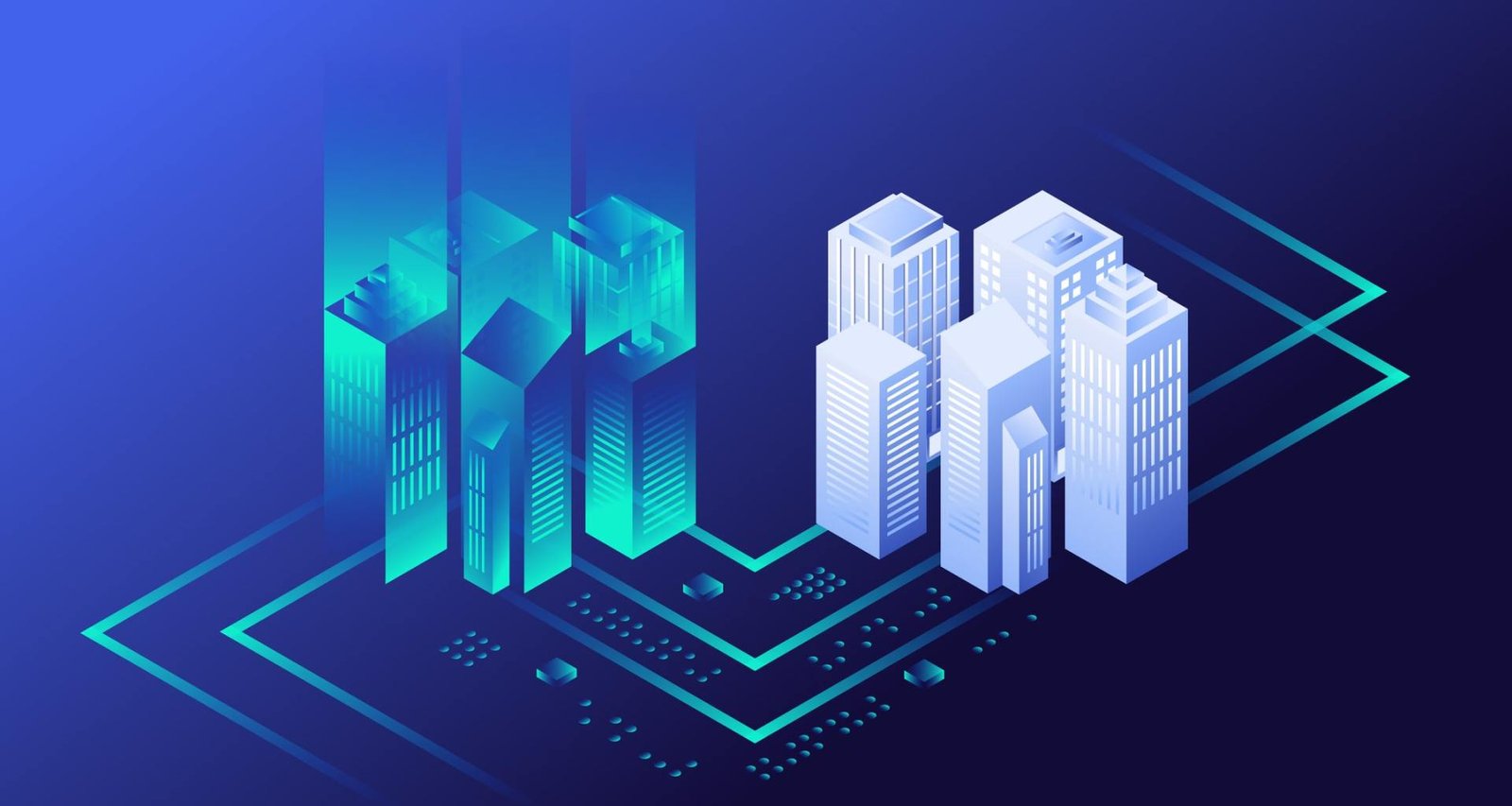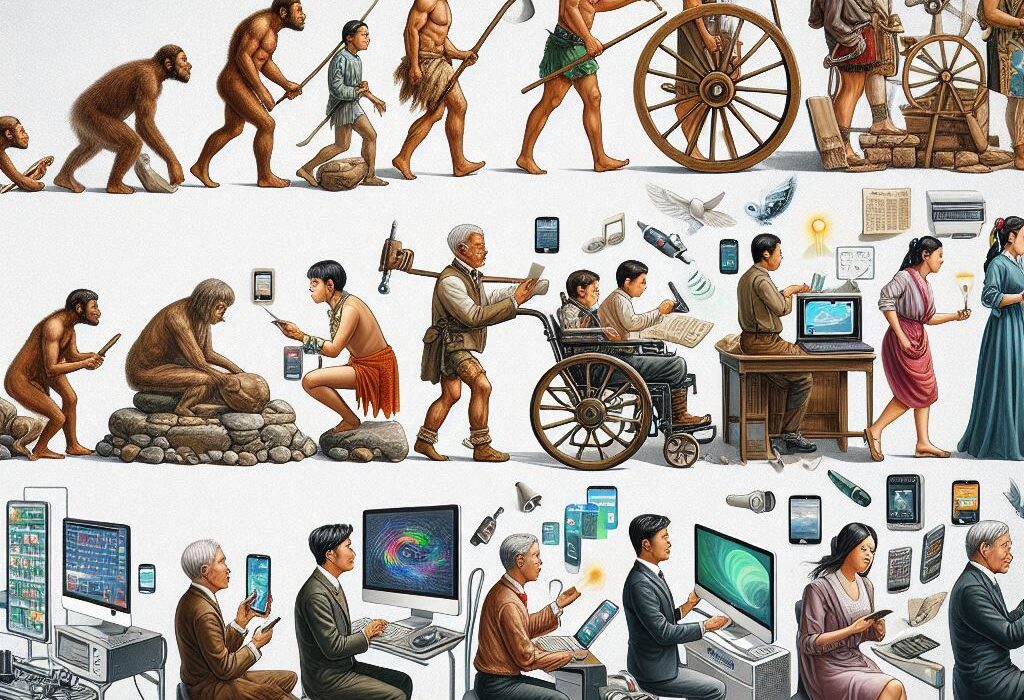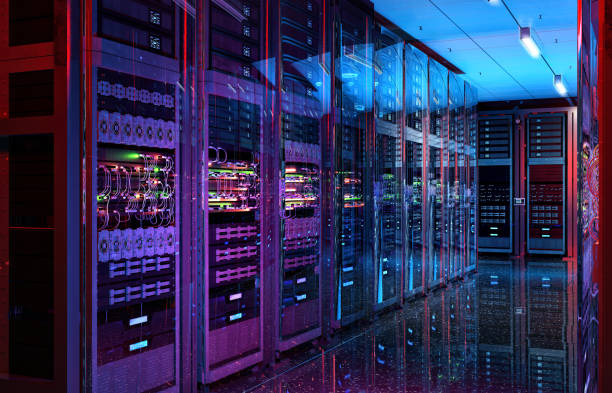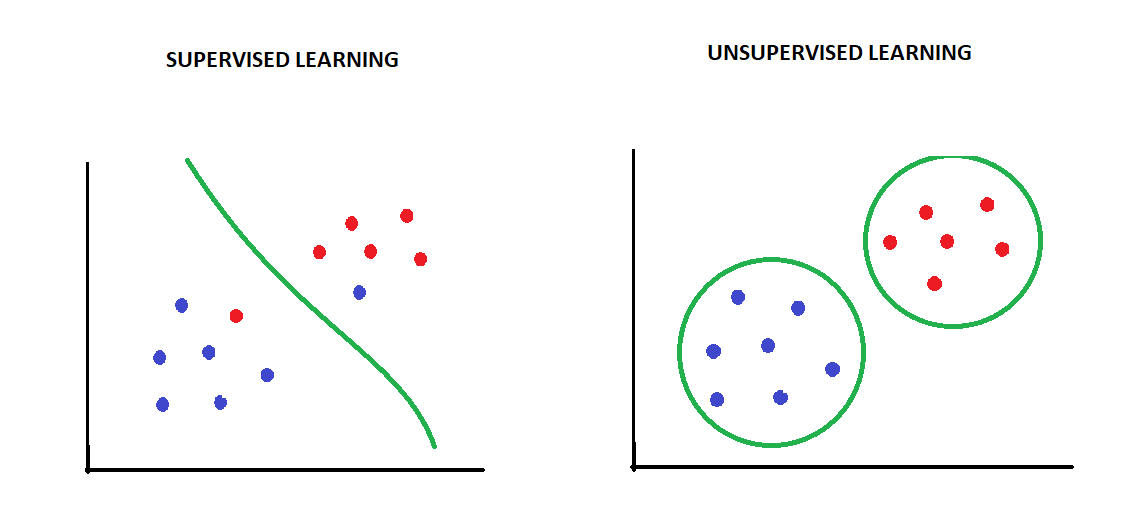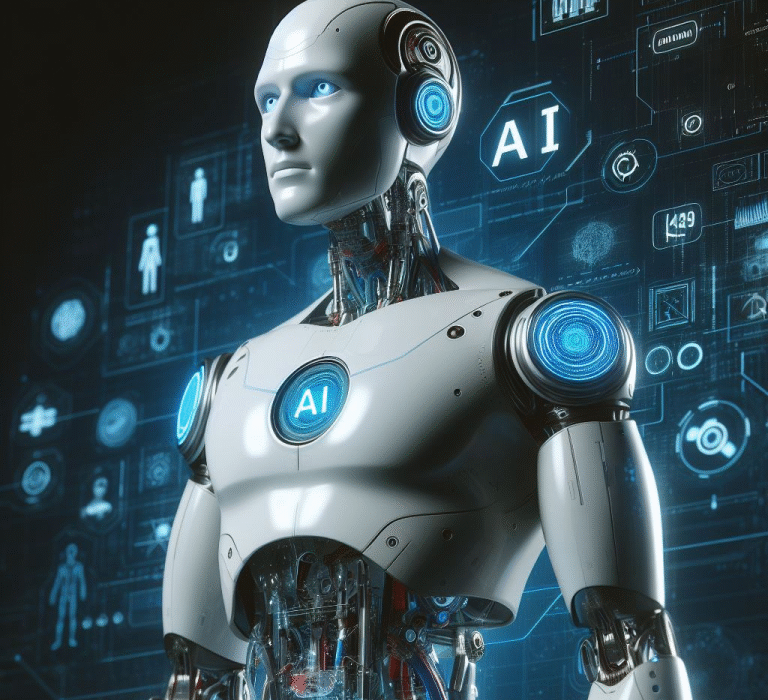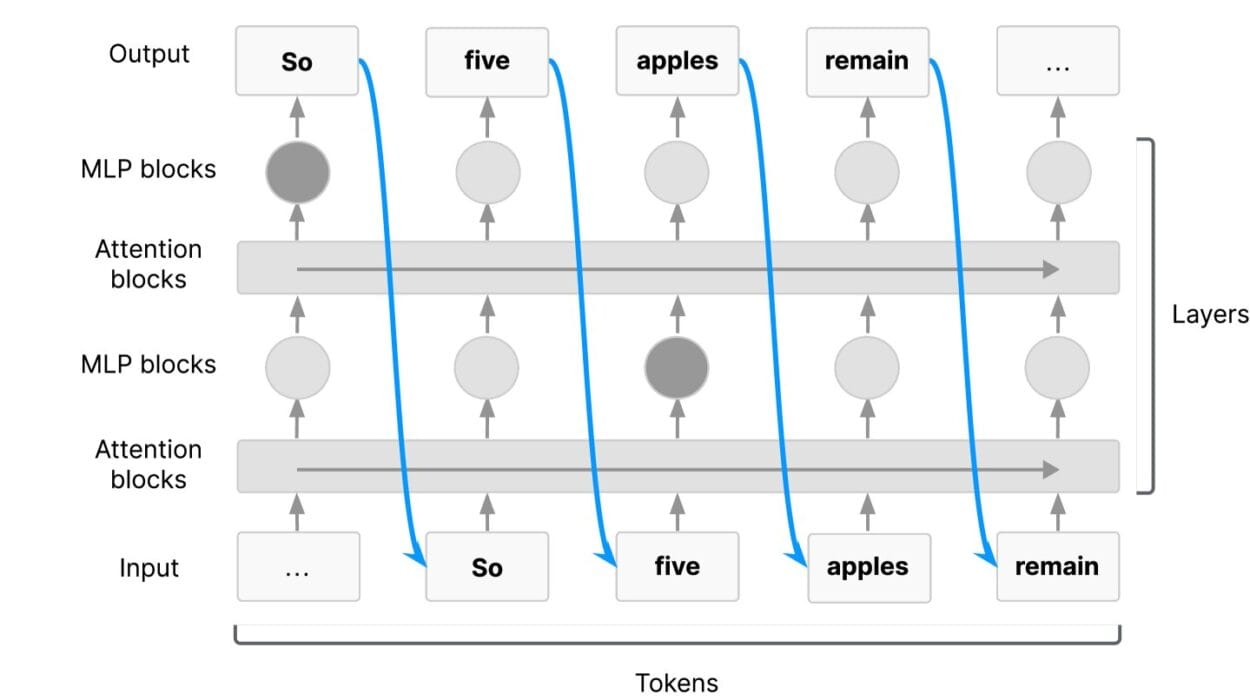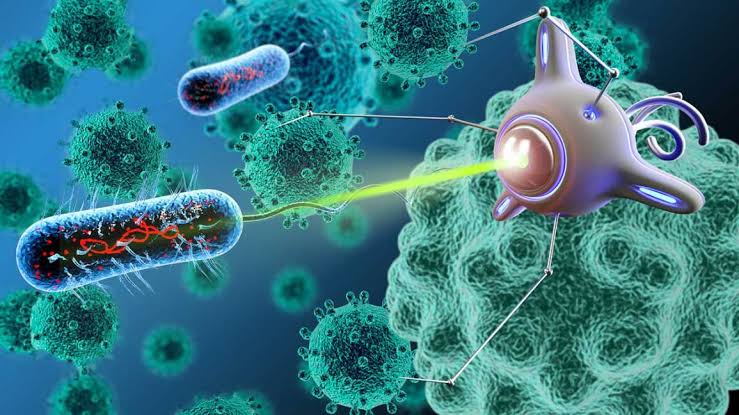In the shimmering glow of factory lights in Singapore, machines hum in perfect synchrony, their robotic arms swooping and pivoting with mesmerizing precision. On sleek monitors nearby, an engineer watches a three-dimensional replica of the entire factory flicker and swirl in real time. Every conveyor belt, every robotic joint, every whirring motor has a perfect twin rendered in luminous pixels—a digital clone pulsing with data. A change in the virtual world ripples back into reality, and vice versa.
In this seamless ballet between atoms and bits lies the beating heart of a technological revolution: digital twins.
Once the stuff of science fiction, digital twins are poised to transform industries, cities, healthcare—even our understanding of ourselves. They are virtual copies of physical systems, endlessly updated with streams of data, capable of simulating, predicting, and optimizing the world around us. They are the new mirrors in which humanity gazes—not just to see a reflection, but to glimpse possibility.
From Rocket Science to Everyday Life
The notion of building a virtual counterpart to a physical object didn’t spring fully formed in the modern digital age. Its roots lie decades earlier, amid the stars.
During NASA’s Apollo program, engineers created exact replicas of spacecraft systems on Earth to diagnose problems and train astronauts. When the oxygen tank exploded aboard Apollo 13, threatening the lives of three astronauts, engineers raced against time on these terrestrial twins to devise emergency procedures. The mission returned home safely, a triumph of ingenuity and simulation.
Yet the term “digital twin” wasn’t coined until the early 2000s, credited to Michael Grieves at the University of Michigan. Grieves envisioned a virtual representation that mirrored the physical product across its entire lifecycle, from design and manufacturing to maintenance and disposal. At first, the idea was theoretical. Computing power and data streams simply weren’t ready.
Fast forward two decades, and the world has transformed beyond recognition. Sensors have become tiny, cheap, and ubiquitous. Cloud computing offers practically infinite storage and processing power. High-speed networks sling torrents of data across continents. Artificial intelligence can sift through oceans of information to extract meaning. The perfect storm for digital twins has arrived.
The Living Model of a City
On a cool spring morning, as the sun burns through the haze over Shanghai’s skyscrapers, an urban planner sits in front of a massive curved screen. Before him unfurls a digital model of the city in breathtaking detail—each building shimmering in glass and concrete, each subway line pulsing with color-coded activity. Traffic flows like neon veins, visible in real time. Pedestrian patterns ripple across plazas. Air quality sensors beam in updates by the minute.
Shanghai has embraced digital twins to manage the overwhelming complexity of one of the world’s largest cities. By feeding real-time data into the model—from traffic sensors, weather stations, utility grids—the city can simulate countless scenarios. What happens if a typhoon floods the Bund? How will road closures ripple through traffic during a marathon? Where should new hospitals or fire stations be built to serve the growing population?
Urban digital twins promise not merely to monitor cities, but to predict and optimize them. In Singapore, the Virtual Singapore project offers a rich 3D twin of the entire city-state. Urban planners test new construction projects, emergency response plans, even energy-saving measures, all inside the digital mirror before implementing them in the real world.
It is urban planning elevated to a kind of orchestral composition, with city officials as conductors guiding the flow of life.
Machines That Think Before They Break
In a quiet wind farm off the coast of Scotland, turbines slice through salty air, generating green energy for thousands of homes. Invisible to the naked eye, each blade’s stresses and vibrations are tracked second by second. This constant stream of data feeds into a digital twin—a virtual replica that spins in sync with its physical counterpart.
Engineers watching the twin can see minute shifts in vibration patterns that might indicate microscopic cracks forming inside the blade’s composite structure. Long before a catastrophic failure, maintenance crews are dispatched to inspect and repair the turbine. Downtime shrinks. Costs drop. Lives are saved.
This is the silent revolution transforming industry. Digital twins allow engineers to spot problems not just as they emerge—but before they emerge. Rolls-Royce creates digital twins of jet engines, monitoring thousands of parameters during every flight. Predictive maintenance avoids costly repairs and unexpected breakdowns.
For industries where a single failure can mean millions in losses—or human tragedy—digital twins are guardians in the digital shadows.
The Phantom Heartbeat
A young woman named Sofia lies in a hospital bed in Boston, recovering from a recent heart surgery. Her chest bears the neat surgical scar, but inside her doctor’s computer pulses another heart—a digital twin of Sofia’s own.
Constructed from MRI scans and real-time monitoring, Sofia’s digital twin replicates her cardiac structure, blood flow, and electrical signals. Surgeons can simulate various interventions—testing how a new stent might change blood flow, how medications might affect rhythms. Instead of guesswork, medicine becomes a precise rehearsal.
Healthcare is on the cusp of transformation. Digital twins of organs, or even entire bodies, promise personalized medicine. No longer will treatments be prescribed based on averages drawn from vast populations. Instead, doctors will simulate treatments on a patient’s digital twin to predict outcomes before touching the patient themselves.
Researchers at Dassault Systèmes have built digital twins of human hearts capable of simulating diseases like arrhythmias, valve disorders, and congenital defects. In cancer treatment, digital twins might model tumor growth, helping doctors design personalized chemotherapy regimens. For diabetics, a digital twin could predict glucose fluctuations hour by hour, suggesting lifestyle adjustments to avoid crises.
In this mirrored world, the ancient Hippocratic oath—first, do no harm—finds new meaning. We can test treatments on silicon before we risk flesh.
Digital Doubles for a Sustainable World
The rising tide of climate change is another arena where digital twins are proving their worth. The Earth itself is spawning digital twins in supercomputers—vast simulations capturing the swirling complexity of atmosphere, oceans, forests, and human systems.
The European Union’s Destination Earth initiative aims to build a high-precision digital model of the entire planet. Fed by satellite data and climate models, this Earth twin could simulate weather patterns, predict droughts, test how new climate policies might reduce carbon emissions.
Imagine a future where nations test policies inside Earth’s twin first—experimenting with new carbon taxes, clean energy transitions, or forest conservation strategies. Instead of guessing at consequences, we could glimpse possible futures, choosing the path toward sustainability with scientific precision.
Beyond climate, digital twins also offer new tools for green manufacturing. Factories can simulate production processes, identifying inefficiencies and minimizing waste. Digital twins help design energy-efficient buildings, optimized transportation systems, and even agricultural practices that conserve water and fertilizer.
The digital mirror reflects not just what we are—but what we might become if we choose wisely.
The Psychology of a Second Self
Yet as digital twins proliferate, a deeper philosophical question stirs: what happens when our “twin” knows more about us than we do ourselves?
In the realm of personal health, wearable devices capture heart rates, sleep patterns, and activity levels, constructing digital twins of our bodies and habits. Algorithms detect subtle trends—a drop in heart rate variability, a shift in sleep cycles—that might herald illness before we feel symptoms. Our digital twin becomes our early-warning system, our guardian angel in data.
But some worry that our digital reflections might become surveillance tools. Who owns the data inside your twin? Could insurance companies demand access, penalizing you for predicted health risks? Could employers monitor your digital twin to measure productivity?
Beyond privacy, there’s the question of identity. If your digital twin simulates your brain patterns, your choices, your behaviors—could it become a digital ghost of your consciousness? Philosophers and ethicists now debate whether sufficiently advanced twins could be considered a form of personhood.
Are we creating tools to serve us, or reflections that might one day rival us?
The Quantum Leap Ahead
The horizon of digital twins stretches ever further. Today’s twins are remarkable—but largely bound by classical physics and traditional computation. But another revolution brews in the realm of quantum computing.
Quantum computers, exploiting the strange superpositions and entanglements of quantum bits, promise to simulate complex systems far beyond classical reach. Chemical reactions, protein folding, weather systems—all might be modeled with unprecedented accuracy.
A quantum-powered digital twin could become a virtual lab for inventing new materials, new medicines, even new physics. Pharmaceutical giants are already exploring how digital twins and quantum computing might revolutionize drug discovery, reducing timelines from years to weeks.
Imagine a future where entire ecosystems—oceans, forests, economies—are simulated in exquisite quantum detail, offering humanity a crystal ball into the future.
A Tale of Two Worlds
As dusk falls over New York City, traffic glitters along avenues, neon lights flicker to life, and beneath the streets, subways roar through tunnels. Yet alongside this physical city hums a digital one—a perfect echo in servers and clouds, built of terabytes of data.
We are living in a world where every bridge, turbine, vehicle, building, and even human being might soon have a twin in the digital realm. It is a world where the boundary between physical and digital dissolves into a single, intertwined reality.
The story of digital twins is not just technological. It is profoundly human. It is the story of how we seek to understand ourselves and our world, to foresee the future, to heal our bodies, to build cities that breathe, to save a warming planet. It is the culmination of humanity’s ancient desire: to hold a mirror up to nature—and to ourselves.
Yet as with every great tool, there lies a shadow. Will digital twins empower individuals—or subject them to new forms of surveillance and control? Will they help save the planet—or merely make our industries more efficient at exploiting it? The answers lie not in the code, but in the values we bring to this new era.
The Journey Ahead
From Apollo’s desperate astronauts to Sofia’s phantom heartbeat, from shimmering digital cities to the possibility of a simulated Earth, the rise of digital twins is a story of human ingenuity. We are creating mirrors not of glass, but of data—mirrors that do not merely reflect, but think, learn, and evolve.
Standing at this frontier, we face a question as profound as any Einstein once pondered: Can we master these reflections without being mastered by them?
For now, the world and its digital double dance in tandem, locked in a swirling waltz of data and matter. And as we peer into the twin’s luminous depths, we glimpse not just the world as it is—but the world as it could be.
